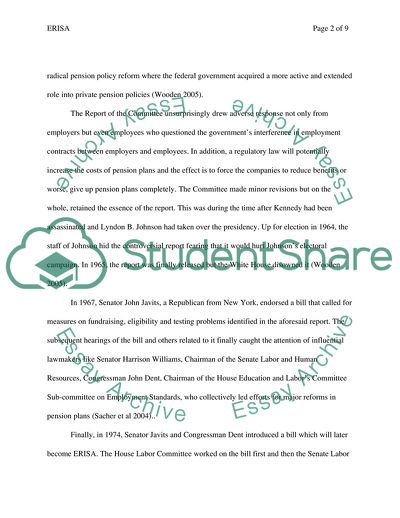Cite this document
(ERISA Law Essay Example | Topics and Well Written Essays - 1750 words, n.d.)
ERISA Law Essay Example | Topics and Well Written Essays - 1750 words. https://studentshare.org/law/1714511-the-problems-with-erisa
ERISA Law Essay Example | Topics and Well Written Essays - 1750 words. https://studentshare.org/law/1714511-the-problems-with-erisa
(ERISA Law Essay Example | Topics and Well Written Essays - 1750 Words)
ERISA Law Essay Example | Topics and Well Written Essays - 1750 Words. https://studentshare.org/law/1714511-the-problems-with-erisa.
ERISA Law Essay Example | Topics and Well Written Essays - 1750 Words. https://studentshare.org/law/1714511-the-problems-with-erisa.
“ERISA Law Essay Example | Topics and Well Written Essays - 1750 Words”. https://studentshare.org/law/1714511-the-problems-with-erisa.


